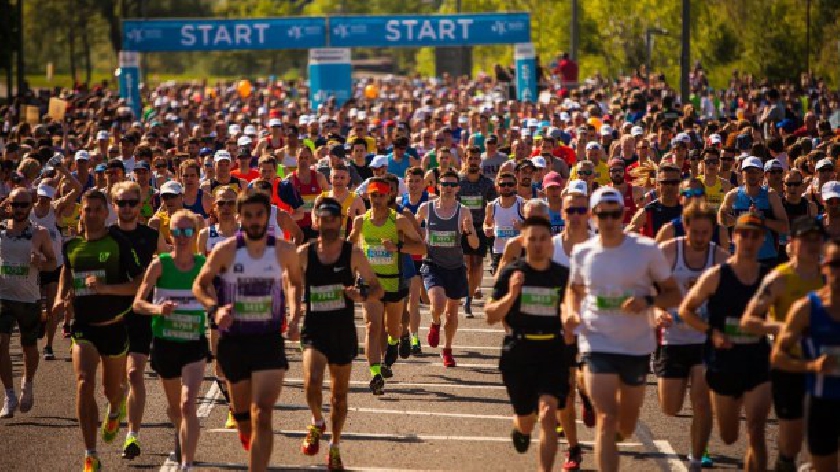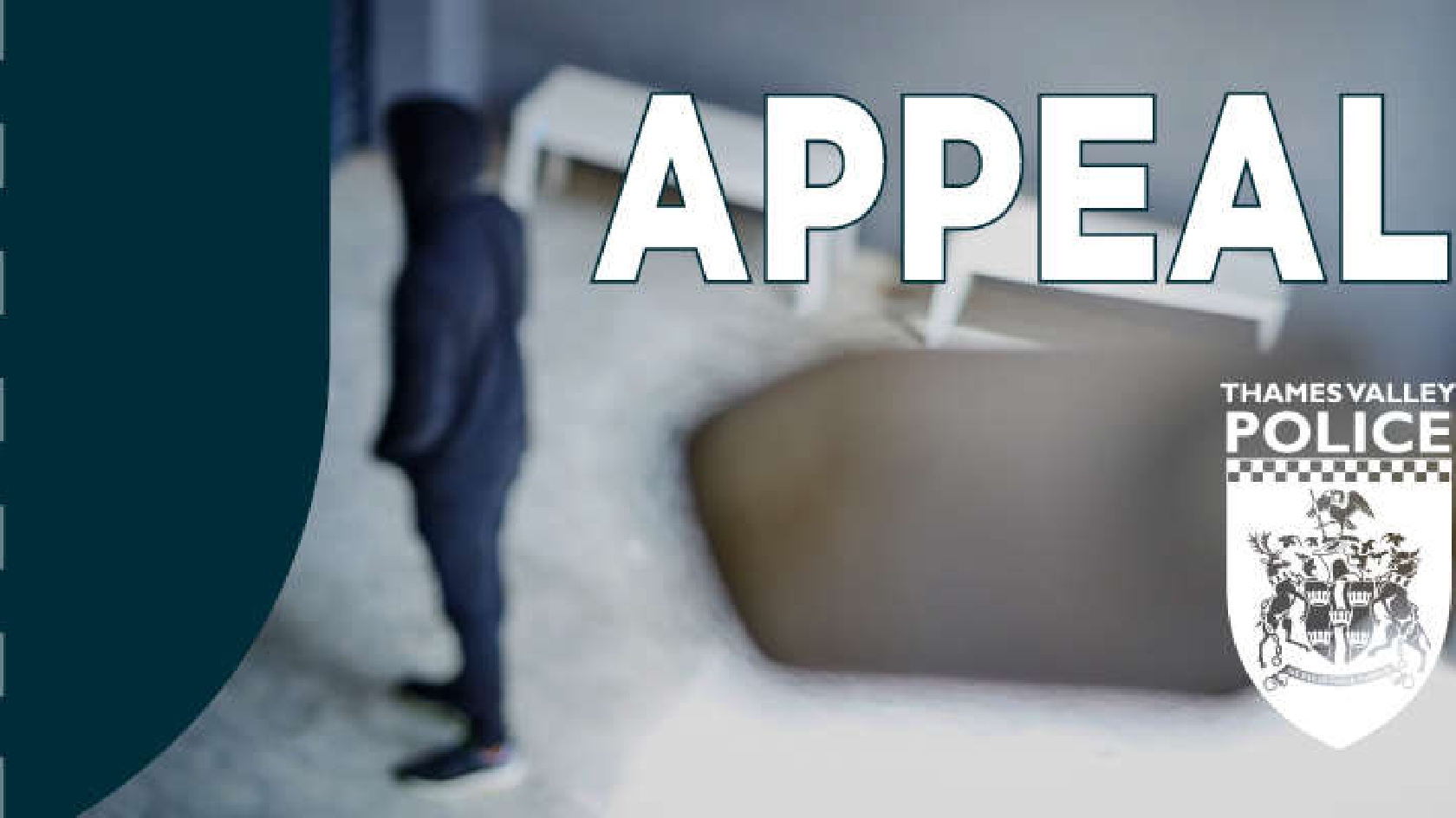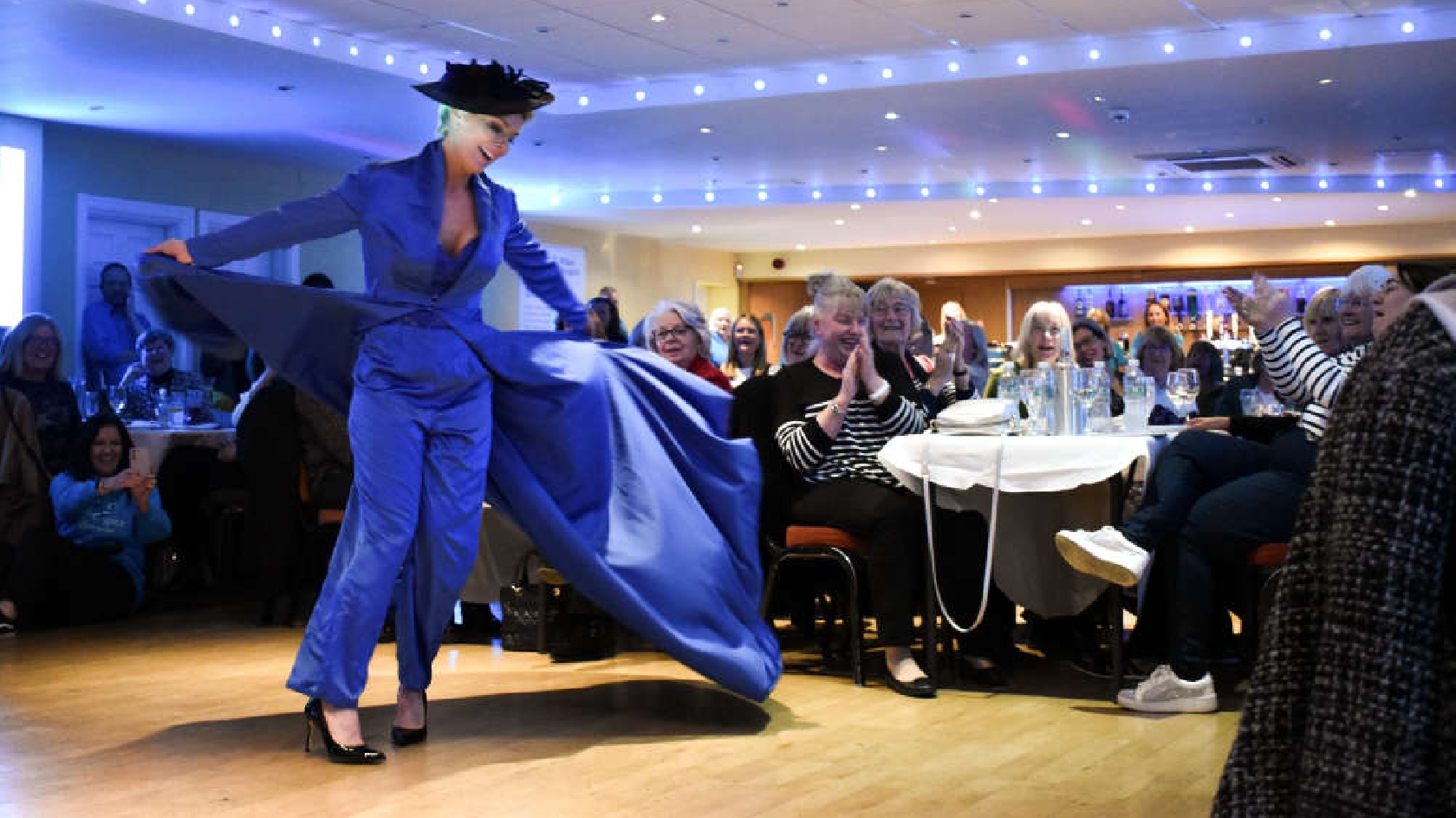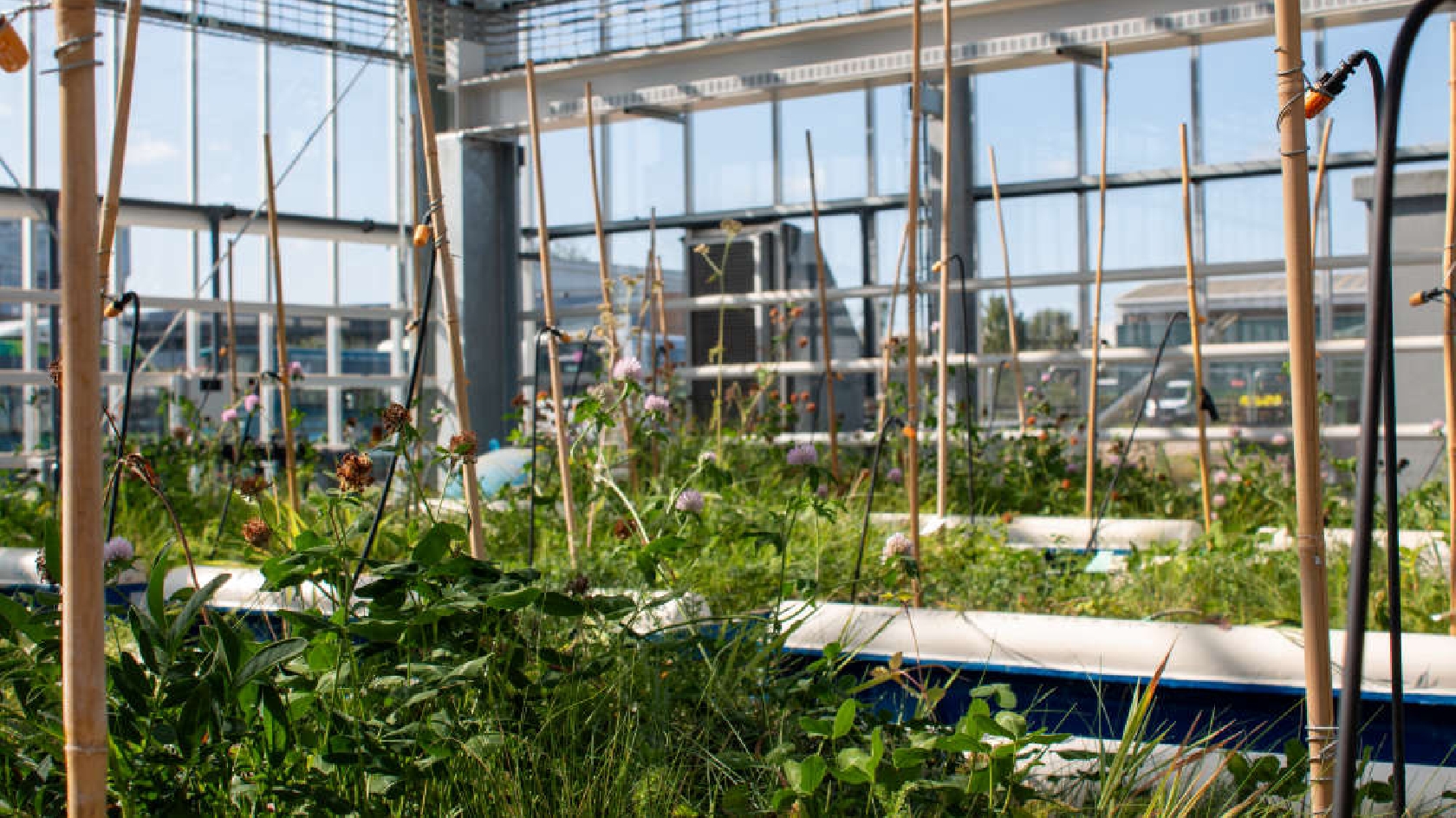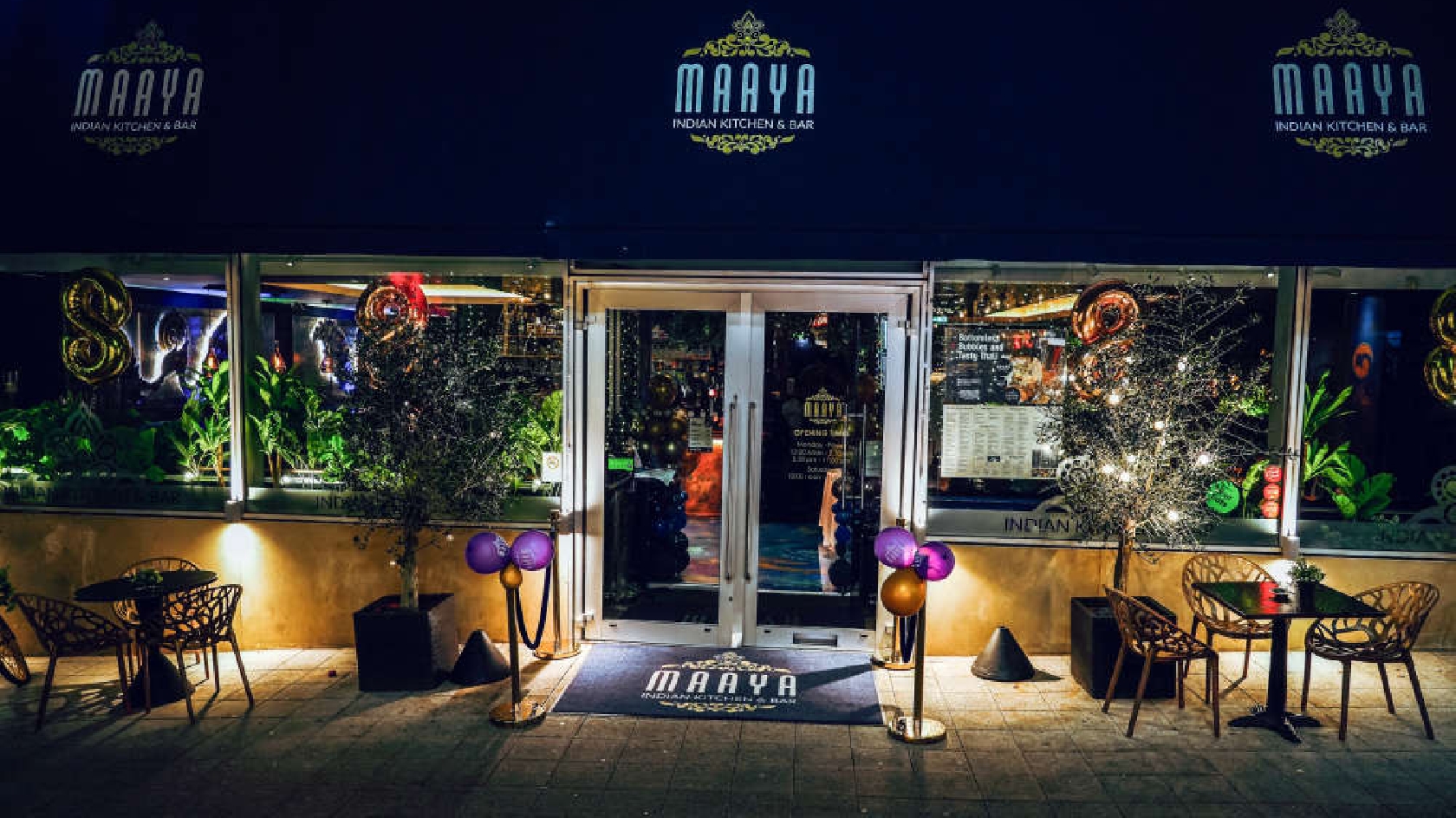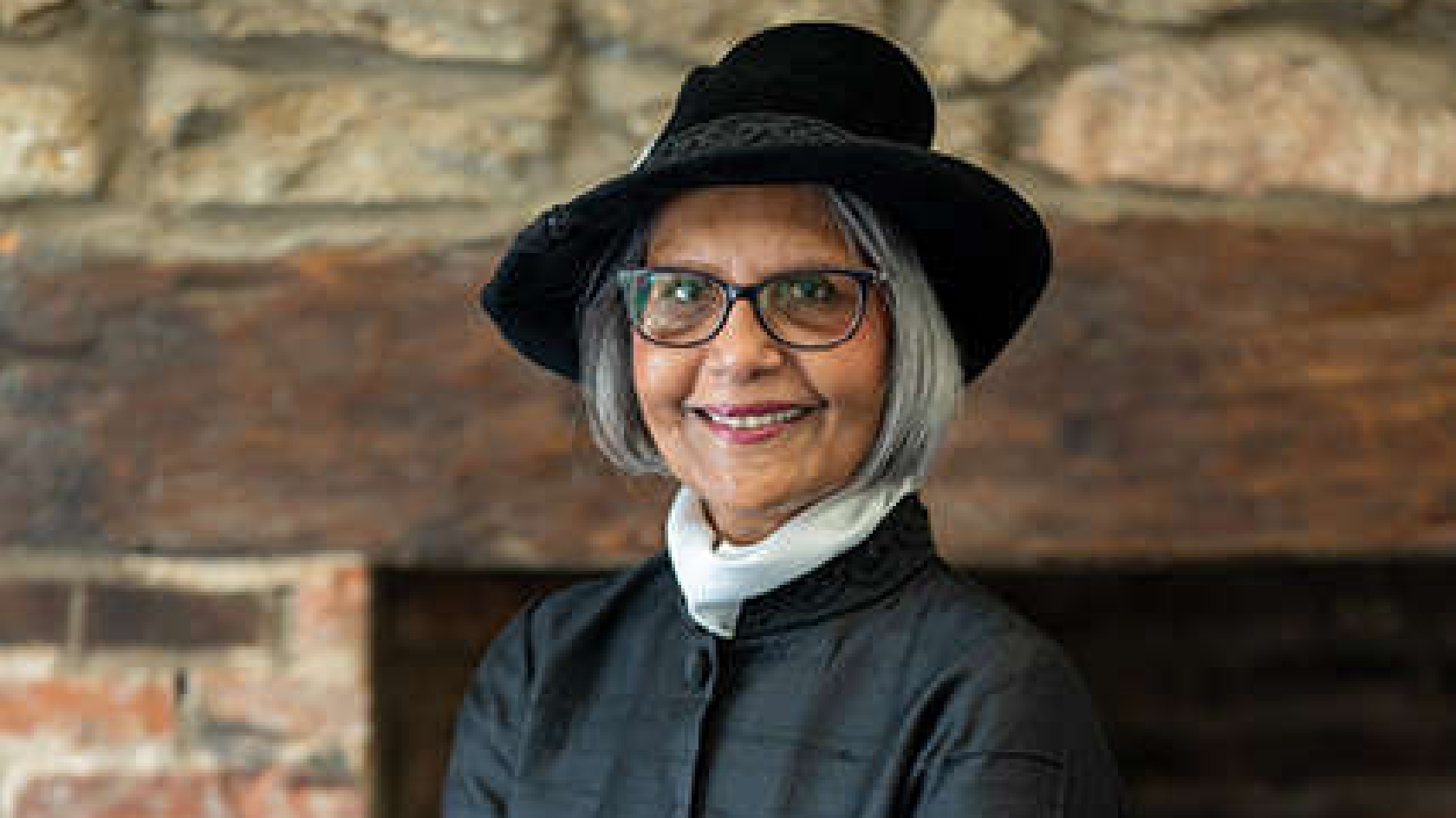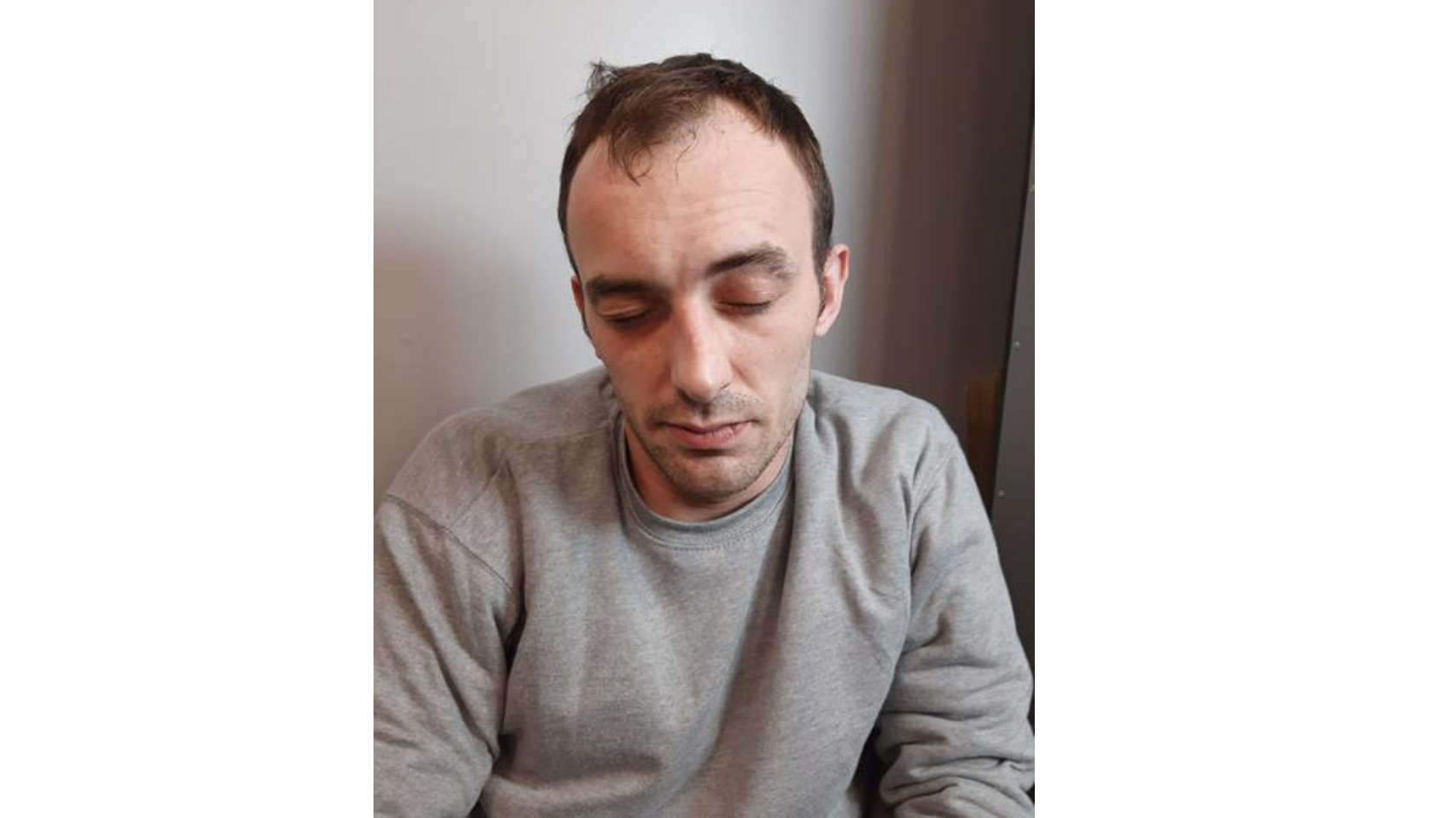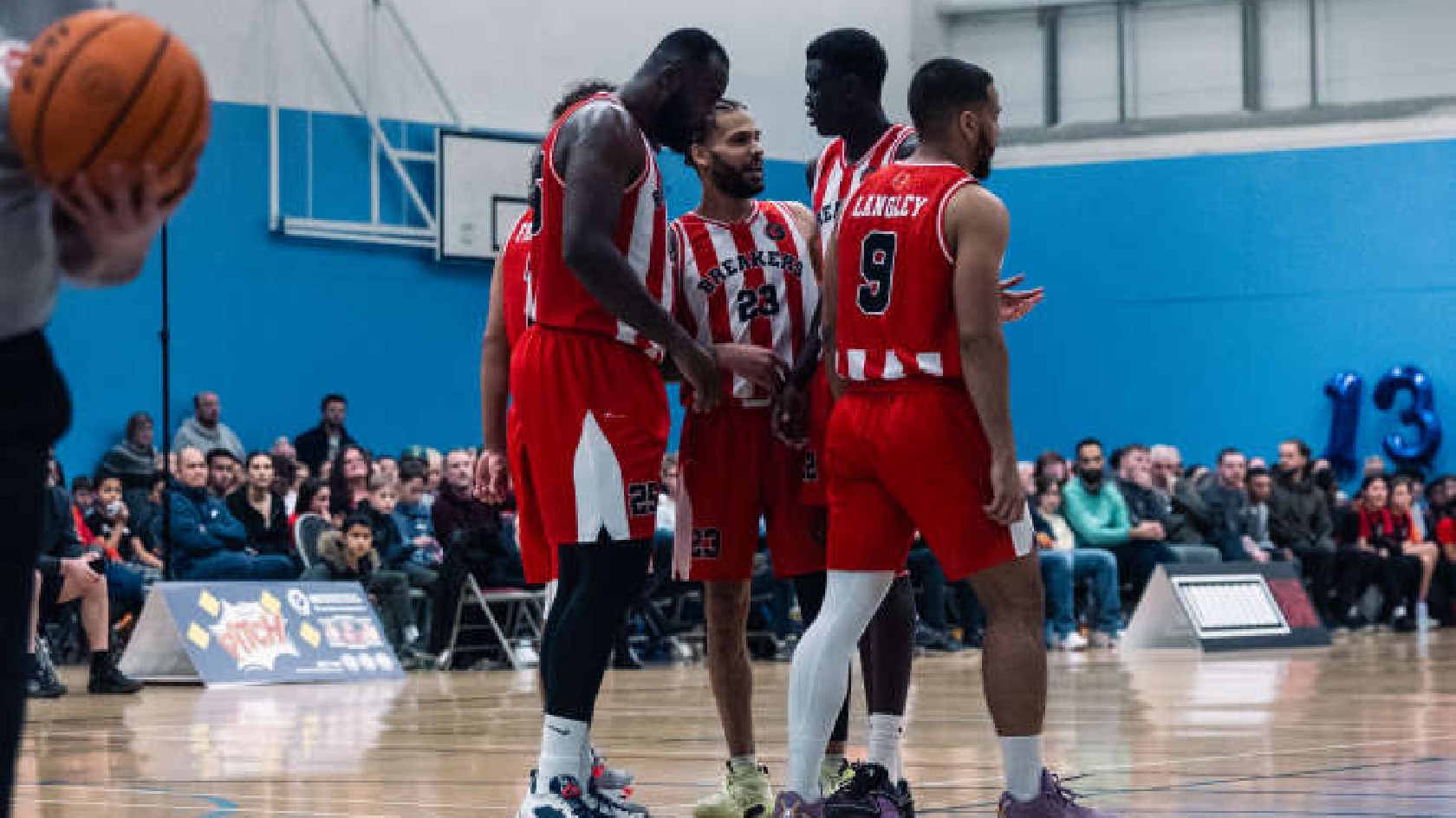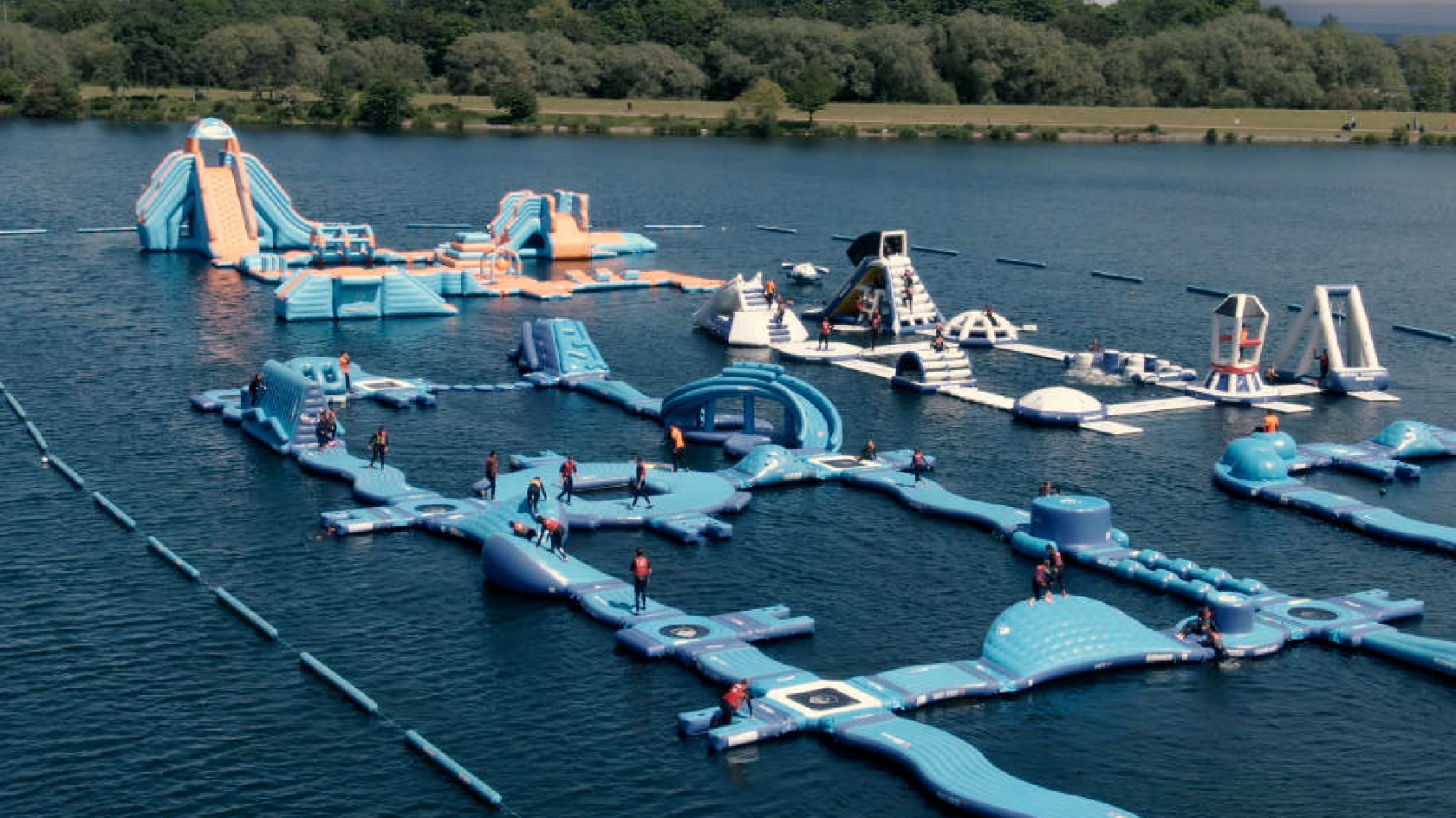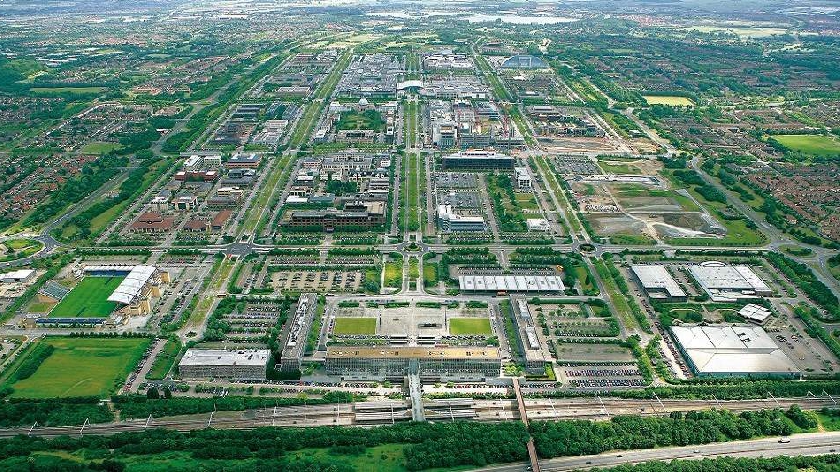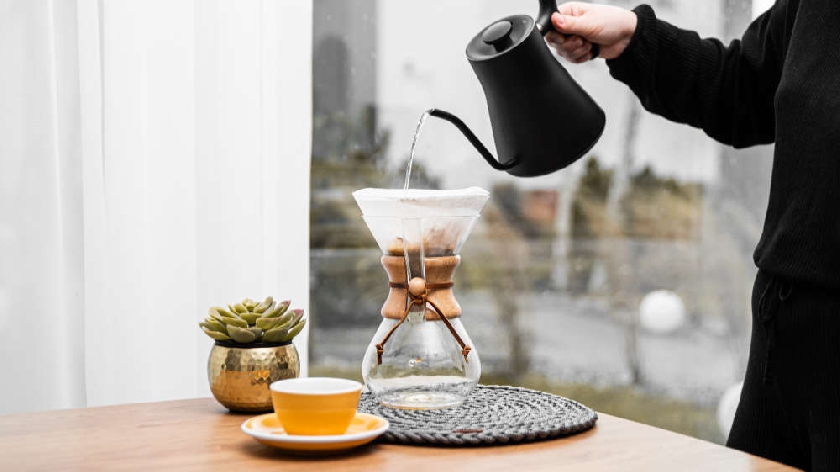
While we don’t often think of it this way, water is the main ingredient in a cup of coffee. For example, when we drink an espresso, it is approximately 90% water, whilst a filter coffee is as much as 98%.
Just as the difference in the cooking temperature of food can affect the taste, the brewing temperature of water has a huge impact on the taste of coffee. If you’re struggling to get the experience you’re looking for when you’re drinking coffee at home, there is a real possibility that the problem is temperature.
There has been lots of trial and error over the history of brewing coffee and we now have a good idea of how to make the coffee taste good. Much has been learnt just from taste, but we now have a sense of the science behind what makes a good cup of coffee.
Brewing Temperature
By brewing temperature, we mean the temperature of the water when it comes into contact with the coffee. When we are brewing, we are trying to extract flavour from the coffee to the water.
The temperature of the water affects what flavours we pull out and how quickly.
Firstly, we want to grind the beans. This is to increase the surface area of the coffee so that when the water passes through the coffee (such as with an espresso machine), it can draw out enough of the coffee flavour. If we grind too coarsely, the water passes quickly and extracts too little, while if we grind too finely the water struggles to pass through and we extract too much.
To get a good tasting cup, we must ensure we have the right dosage—most espresso machines use between 10 and 20 grams. To make sure we get the best results, it’s worth using a good quality espresso maker.
One mistake that is often made is to add boiling water to coffee. It will lead to a very bitter tasting cup of coffee. This is because the boiling water leads to over-extraction and it draws out undesirable flavours from the coffee.
Believe it or not, 1°C can make a huge difference in the taste of the coffee. This is why the best equipment such as the Rocket coffee machine offers temperature stability features to ensure that you’re sticking to the right temperature throughout. It is generally accepted that the optimum brewing temperature for all espresso coffee is between 91 and 95°C. It would be sensible to start with 93°C and adjust accordingly. Below that temperature will lead to a more acidic coffee.
Finally, time is important. To get the right extraction, we must make sure the time the water takes to pass through the coffee grounds is optimum. Through experience, this is about 20 to 30 seconds for espresso coffee, although don’t consider this a rule.
According to the SCA, we generally like the taste of coffee that has between an 18 and 22% extraction. By that we mean, that percentage of the coffee grounds have been extracted into the water. However, there’s no need to rely on the science, taste it for yourself.
Drinking Temperature
If you go into a modern coffee shop, you may have noticed that coffees aren’t served as hot as they used to be. This is not just a trend—it results in better tasting coffee. At higher temperatures, coffee has less flavour. If you allow your coffee to cool to 50 to 60°C, you’ll notice that you can pick up more of the flavours and sweetness.
Equally, heating milk above 75°C causes the proteins to denature and curdle. For the best quality milk to go with the coffee, we want to keep it below that temperature.
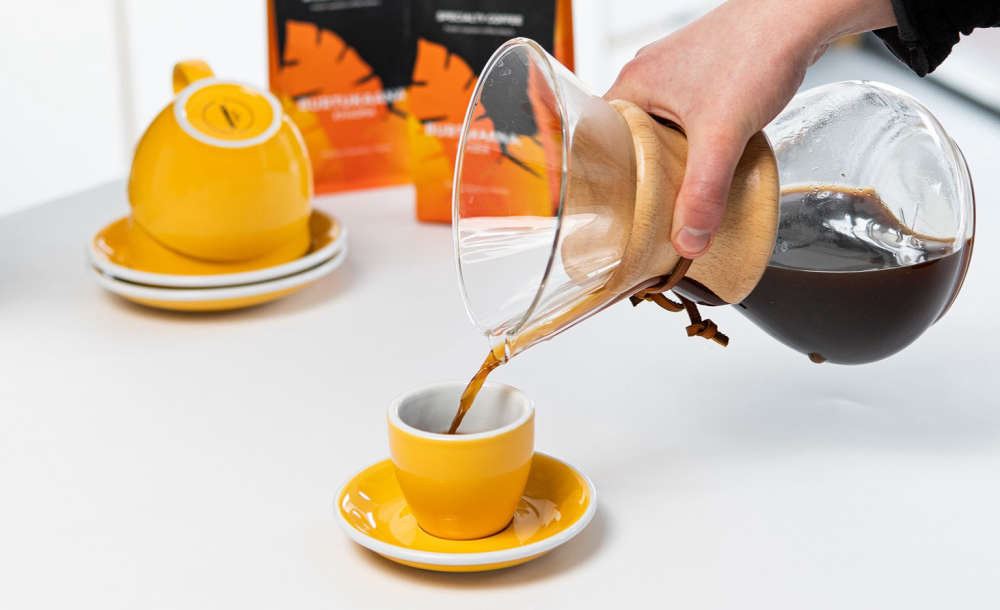
Photo: coffeefriend.co.uk
Different Temperature for Different roasts
A more advanced consideration is whether you’re using the right temperature for the roast profile of your coffee beans. Roasts can loosely be categorised as light, medium or dark. Speciality coffee shops generally only cover light and medium roasts, while chains and supermarkets tend to have medium to dark roasted coffee.
If we remember that coffee beans are the seed of the coffee plant, roasting involves breaking down the plant material (cellulose). The more we roast the bean, the more brittle it becomes. As a general rule of thumb, light roasts are harder to grind and to extract from, while dark roasts are the opposite.
Therefore, the lighter the roast, the hotter the brewing temperature should be. If you’re used to brewing a dark roasted coffee at 93°C and try the same recipe with a medium roast, you may find it tastes sour and lacks body (thickness). Increasing the temperature to 95°C should lead to a better tasting coffee. While this is hard to understand initially, it is a great way of problem solving when the coffee doesn’t taste how you want it.
Conclusion
Water temperature has a huge impact on the taste of your coffee. If you’re used to brewing with boiling water, try a slightly lower temperature and see if the flavours are better. Equally, try waiting for the temperature to drop to 60°C. It should lead to a great tasting cup of coffee.

